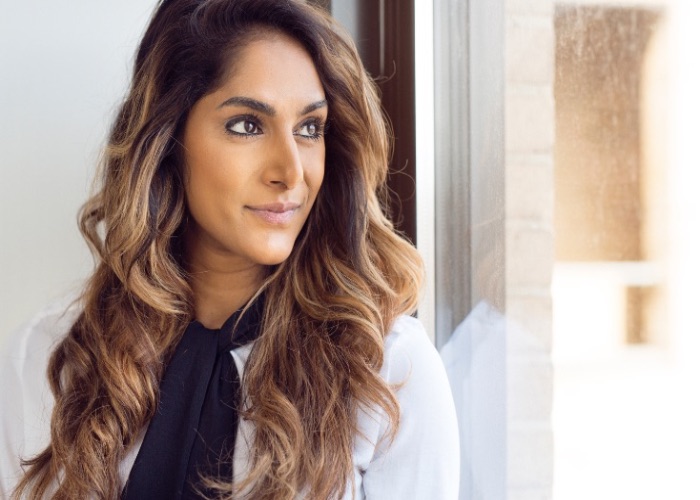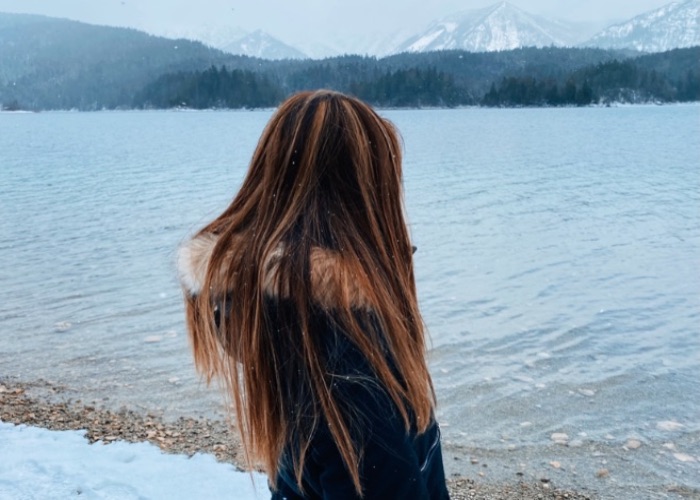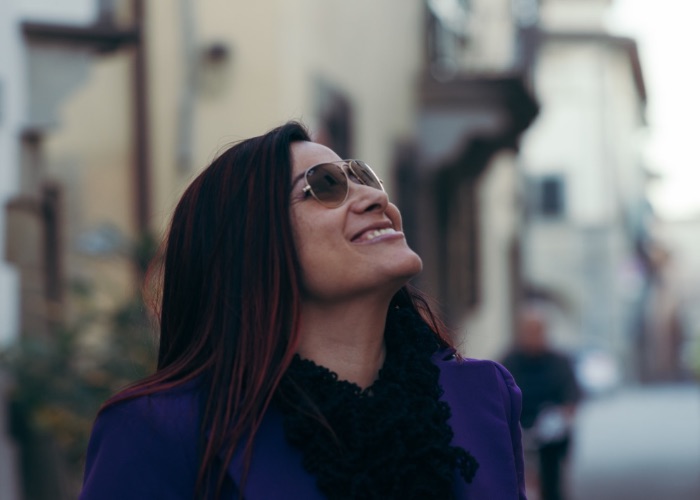Highlights, Babylights, and Lowlights: What is the difference?
When it comes to being creative with hair colors, the beauty industry has expanded in how various hair dye applications and techniques are used to reach diverse looks and combinations. The options are unlimited, from opting for freehand techniques to different styles of using foils, but some of the most popular and well-known services are highlights, babylights, and lowlights.
In this article, we try to learn about these popular hair services, their similarities and differences from each other, and the factors that determine their pricing. It’s essential to understand all these factors to make the best decision for the future of your hair. At the end of this article, you can have access to exclusive deals from the best hair coloring salons around you and book the best service for the best price!
Highlights

Arguably the trendiest technique for lightening the hair in many decades, highlights are achieved by dividing hair strands, applying lighter shades of color from the root down, and folding the hair into foils to let it process. The term Highlights is usually an umbrella term that can describe different hair lightening styles, but when performed well, any highlight can add gorgeous dimension and depth to the hair.
The general rule is to lighten the hair about three shades more than the client’s natural hair tone to reach subtle highlights that look natural. It is also manageable to go for a more contrasting and dramatic difference of color tones or apply the color to larger sections of hair to diverge from the regular highlights.
Asking for a balayage is another creative way to get a highlighted look. In Balayage, the hair colorist applies the lighteners directly to the hair sections with her hands instead of using foils. This leaves the client with more blended and natural highlights that look like sun-kissed hair that is easy to maintain and offers a simple yet stunning look.
Generally, highlights tend to last between 6 to 8 weeks. Your hair growth, hair care routine, hair type, and your environment are the main factors that affect the longevity of your highlights.

Hair colorists can perform highlights partially or to a full head of hair. Partial highlights tend to cost between $45 to $55 and are a great option to try out the highlighted look as they are cheaper and more customizable than a full head of highlights.
A full highlight usually costs anywhere from $80 to $100 for at least 12 foils of lightener to achieve a dimensional style across your hair. You can always ask your stylist to estimate the final prices based on the number of color foils necessary to reach your desired look.
Short hair highlights cost about $70 as they require less styling time and hair dye. In contrast, people with shoulder-length hair and more can expect to pay anywhere between $90 to $150 for a full head highlight for the same reasons.
Highlights can significantly impact your style, so they are a fantastic option if you are looking for a drastic change of looks. They are also quite versatile and adjustable, so make sure to ask your stylist the right questions and get proper guidance in terms of which look to go for.
Babylights

Next up are the babylights. Babylights are very subtle highlights that aim to mimic the lightened, sun-kissed hair of a child playing outside on a sunny afternoon in July. Babylights share more similarities with conventional highlights than differences. They too involve lightening sections of hair from root to the tip with foils, but the main difference is the size of the hair sections. Babylights cover smaller micro sections of the hair with smaller gaps between the chunks of hair. With the help of focusing on smaller segments of the hair, super soft, very subtle, and even more natural highlights are possible to be performed.
Babylights tend to lighten your natural hair no more than two shades, as their purpose is to bring you natural-looking highlighted hair and avoid extreme contrasts of color.
Like an ombre, which is another form of balayage with a natural hair tone at the top and lighter shades at the tips, babylights is a low-maintenance hair coloring style than can evolve as the time passes. Your more delicate highlights will evolve into a softer style as the hair grows out, and you will not have a demarcation line.
A full head of babylights usually needs a touch-up session after 8 weeks, with partial babylights stretching the aftercare to 12-14 weeks.
Sectioning the hair into precise, small, and fine strands needs a lot of focus and time, which raises babylight prices slightly compared to classic highlights. You can expect to pay about $100 to $120 for receiving a babylight at an average salon.
Lowlights

And now, we get to lowlights. Contrary to highlights and babylights, lowlights go in the opposite direction to add more dimension and volume to the hair. In the lowlight technique, the stylist tries to darken certain sections of the hair to help the clients add depth to their lightened hair. Sometimes people mistake lowlights for darker highlights, but unlike highlights, lowlights do not involve any lightening.
Lowlights are a great addition to every hair. They can help bring the illusion of a voluminous look to thin hair. For people who want to give darker shades a try, lowlights can be a safe darkening choice that does not take the natural depth and dimension of the hair.
Lowlights can be done to hair of different lengths. Lowlight users adore the way lowlights accentuate their curly or straight hair movement. Many creative stylists combine traditional highlights with lowlights to achieve their signature look.
If you’ve been sporting a highlighted look for long, lowlights can also be used to recreate the lost depth of a faded highlight.
Another great thing about lowlights is that, unlike typical highlights, which can lighten the hair way more than the natural shade, they bring a seamless, blendable look that does not need frequent touch-ups. You can go from 2 to 4 months of low-maintenance hair and look as good as when you left the hair salon.
Asking for lowlights, which is the same as requesting your stylist to dye certain parts of your hair with pigments that are several shades darker than your color, would cost you about $75 in the average hair salon in Canada.

Frequently Asked Questions:
- Will highlights damage my hair?
Most hair colors cause some damage to the hair but the damage level is relative to the amount of change that is applied to the natural tone. So subtle highlights and babylights would cause minimal damage compared to changing into a full head of platinum hair.
- Which highlights should I get?
Stylists recommend highlighting your hair two shades lighter than your natural hair color. Additionally, it is trendy to go for an undertone color that matches the base color temperature, like mixing warm with warm and cool with cool.
- Are babylights and balayage the same?
They usually achieve similar results, with babylights giving you brighter light shades due to its more intense coloring process. Their main difference is that in balayage the dye is applied directly by hand but babylights are carried out with foils, like normal highlights.
We tried to cover all you need to know about these three fabulous hair color styles. We hope it helped you understand all you needed to know about highlights, babylights, and lowlights, to make a better decision for the future of your hair.
Beautster brings you all the coloring specialists and hair coloring salons around your location specializing in highlights, babylights, and lowlights, to help guide you through finding the best option for yourself! Click here to have a look at the client pictures, check out their calendar, and book a consultation session immediately to ensure your well-being and enjoy having the hair of your dreams!